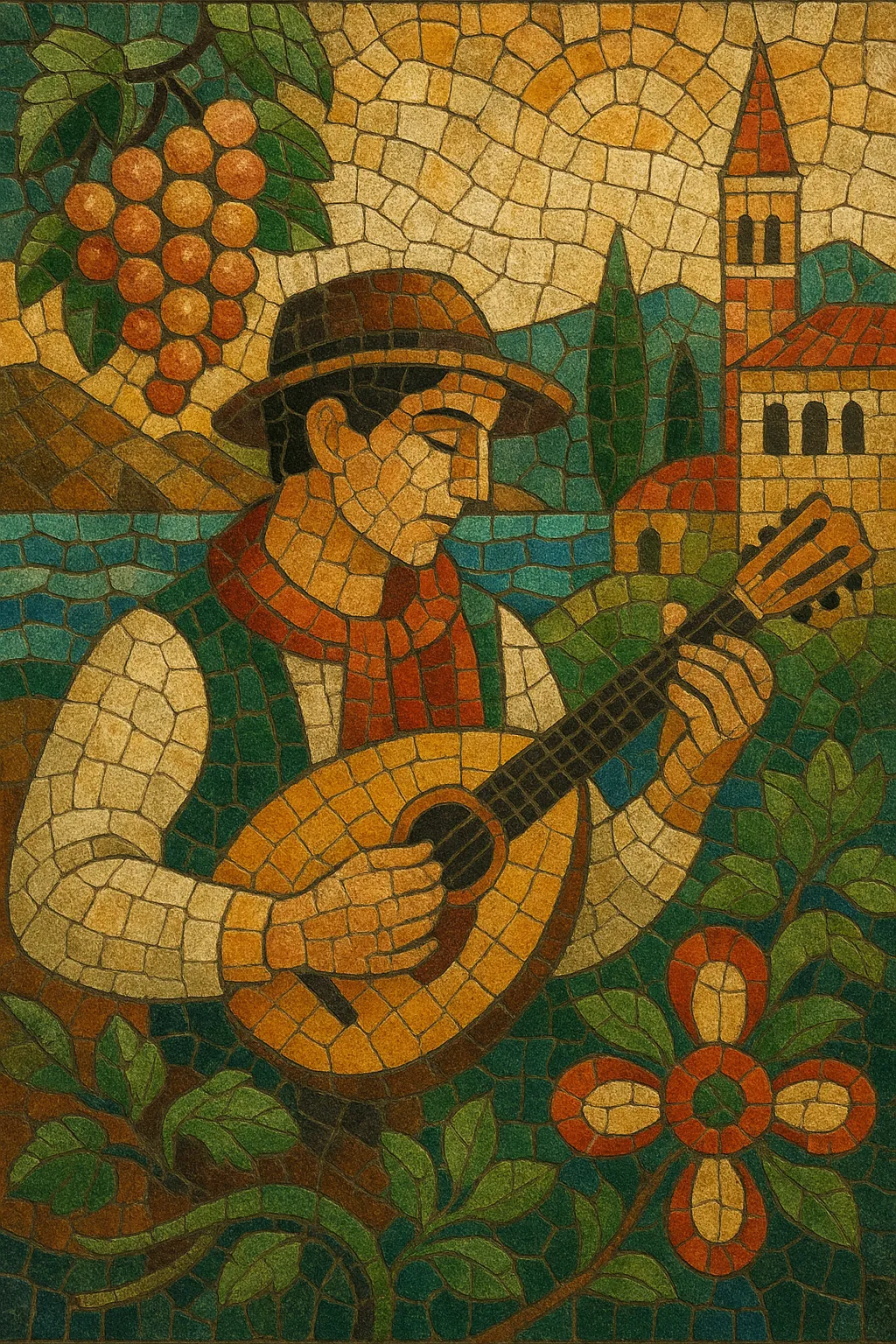Italian music is the broad musical tradition and industry of Italy, spanning art, folk, sacred, and popular idioms. It is globally renowned for birthing opera, shaping instrumental forms such as the concerto and sonata, and cultivating a lyrical, melody‑forward aesthetic known through bel canto and the canzone tradition.
From medieval chant and Renaissance polyphony to Baroque virtuosity and Romantic opera, Italian music has repeatedly defined international taste. In the 20th century it evolved through film scoring, singer‑songwriters (cantautori), and dance genres like Italo‑disco and Italo house, while regional folk styles (e.g., tarantella, Neapolitan song) remain central to its identity.
Italian music’s roots lie in medieval ecclesiastical culture, where Gregorian chant and later Ars antiqua/Ars nova practices shaped liturgy and notation. Courtly song and regional folk traditions (including early canzone types) coexisted with sacred music, establishing a melodic sensibility and rhetorical expressiveness that would persist for centuries.
During the Renaissance, Italian composers advanced polyphony and pioneered the madrigal, emphasizing text expression and humanist ideals. Around 1600, the Florentine Camerata catalyzed opera by fusing drama with monody and basso continuo. The Baroque era brought international dominance: Corelli standardized violin technique and trio sonata style; Vivaldi transformed the concerto; opera houses flourished in Venice and Naples; and bel canto singing ideals took root.
While the Classical style was centered in the Habsburg realms, Italian virtuosi and opera remained decisive. Rossini, Donizetti, Bellini, and later Verdi defined 19th‑century operatic drama and vocal art, while Puccini carried the tradition into verismo, marrying sweeping melody with modern orchestration. Instrumental forms (sonata, concerto) and the orchestra were continuously shaped by Italian pedagogy and craftsmanship (e.g., Cremonese luthiery).
Italian music expanded beyond opera into global popular culture. Cantautori (e.g., Lucio Battisti, Fabrizio De André, Mina) blended poetic lyricism with contemporary pop and rock. Film composers such as Ennio Morricone and Nino Rota set new standards for cinematic music. On the dance floor, Italo‑disco and later Italo house influenced worldwide club culture. Regional traditions (Neapolitan song, tarantella, Sardinian and Sicilian repertoires) stayed vibrant.
Today, Italian music encompasses classical performance, opera innovation, film and TV scoring, pop/rock, rap, and electronic music. The Sanremo Festival continues to shape mainstream songcraft, while conservatories and opera houses sustain classical excellence. Italian production aesthetics—melodic clarity, vocal expressivity, and lyric emphasis—remain hallmarks across genres.


